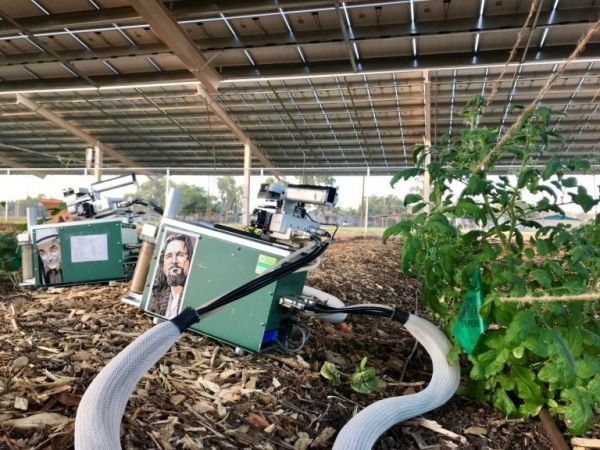Imagine you are a farmer struggling to keep up with production demands because of the increasingly stressful climate. Or perhaps you are a producer of renewable energy struggling with dramatic heat and weather. With increasing temperatures, solar panels get too hot to function properly, and crops demand more water, problems that are exacerbated by drought and climate conditions.
Greg Barron-Gafford, associate professor at the University of Arizona, shows that combining these two systems – solar panel (photovoltaic) infrastructure and agriculture – can create a mutually beneficial relationship. This practice of co-locating the two by planting crops under the shade of solar panels is called agrivoltaics.
“In an agrivoltaic system,” Barron-Gafford says, “the environment under the panels is much cooler in the summer and stays warmer in the winters. This not only lessens rates of evaporation of irrigation waters in the summer, but it also means that plants don’t get as stressed out.” Crops that grow under lower drought stress require less water, and because they don’t wilt as easily midday due to heat, they are able to photosynthesize longer and grow more efficiently.
Read more at Ecological Society of America
Photo: The researchers test the heat and moisture under the solar panels to study the cooling relationship between the crops and panels. Photo courtesy of Greg Barron-Gafford.


